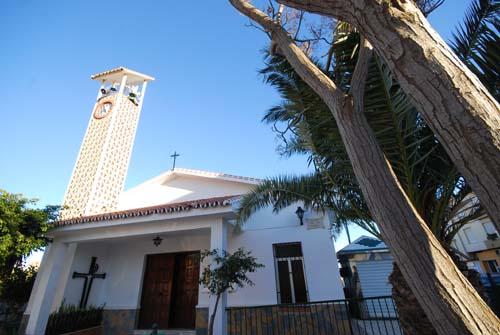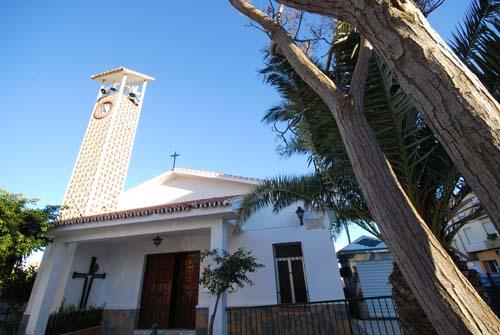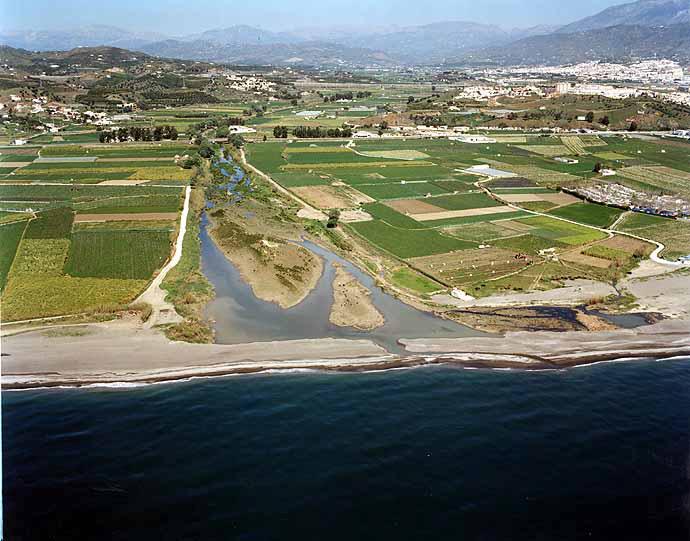Almayate

A small village located very close to Torre del Mar which appeared as a result of the quarries which provided the materials for the building of Malaga Cathedral and which has gradually expanded down towards the coast in order to concentrate on agriculture (sugar cane, flowers, etc.).
Like all the towns on the Malaga coast, it has two very different areas: Almayate Alto, the inland area, which is quite scattered, despite being built around the High Shrine; and Almayate Bajo, the coastal area, where the houses are built close together and most of the town's population lives.
Behind it is the Peñón del Toro crag with one of the well-known Osborne bull figures at the top – one of the few that still remain standing in Spain.
Near the mouth of the River Velez is an extremely interesting archaeological site containing Phoenician remains (8th-6th centuries B.C.).
History
This town in the Vélez-Málaga municipality is next to the mouth of the Vélez River, through the hills Peñón and Alarcón. It was a strategic spot for the different villages that settled on the coast.
There are many archaeological sites, mainly with Phoenician remains, situated in Cortijo de Los Toscanos and in the Jardín necropolis.
Almayate was the main farming area in the Vélez-Málaga area during the Nasrid period, where irrigation crops were the most common agricultural system. After the conquest by the Catholic Monarchs, it was the only village that was granted a privilege for settling less than a league away from the coast, so it was known as the "Seguro de Almayate".









